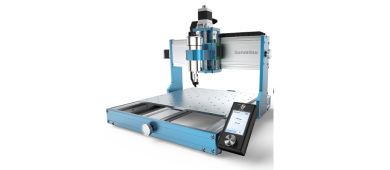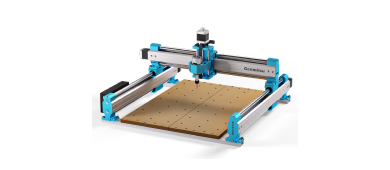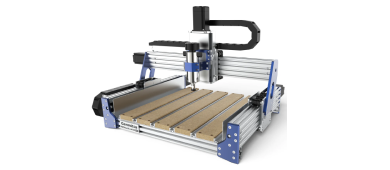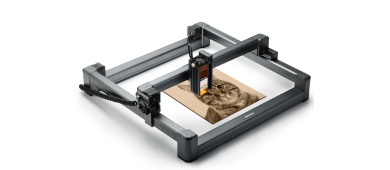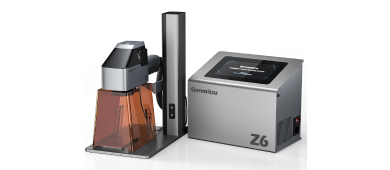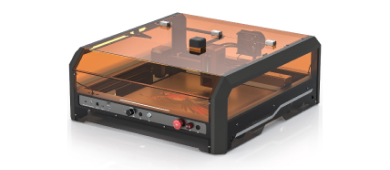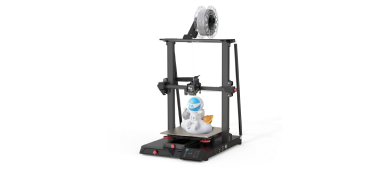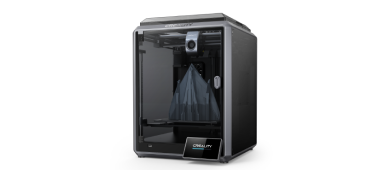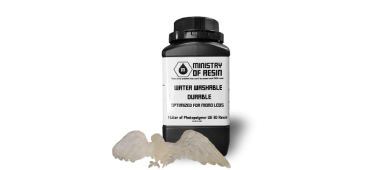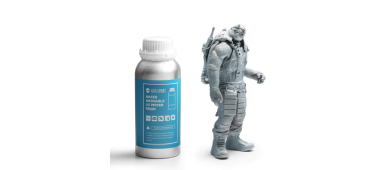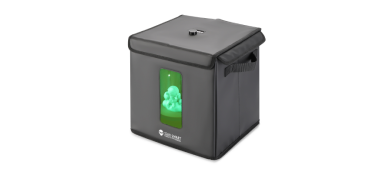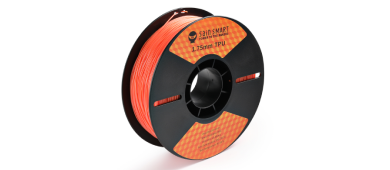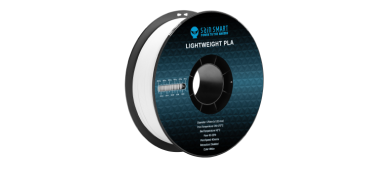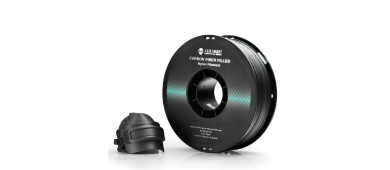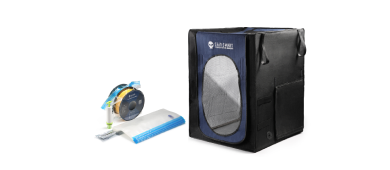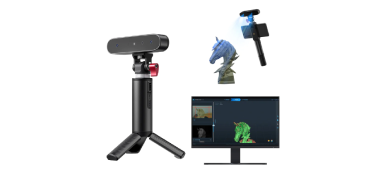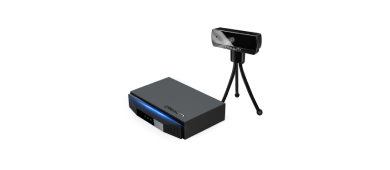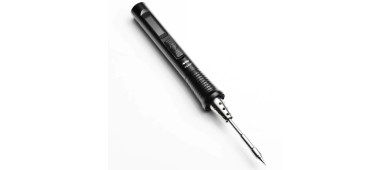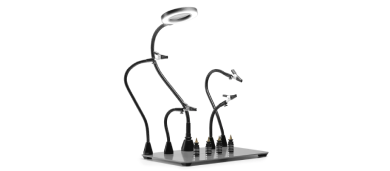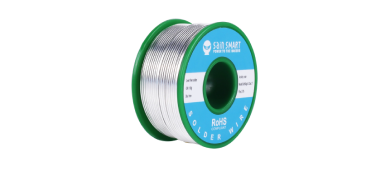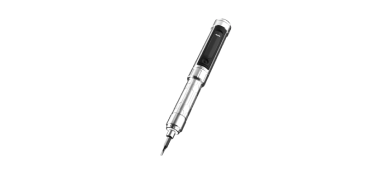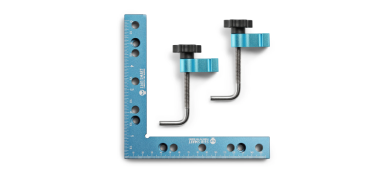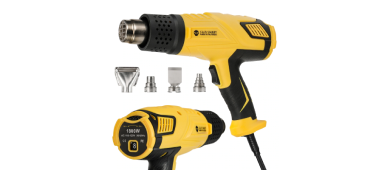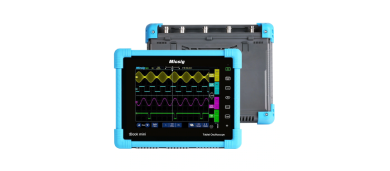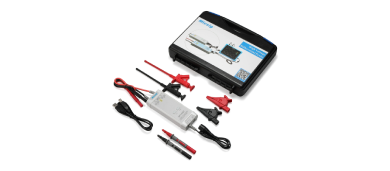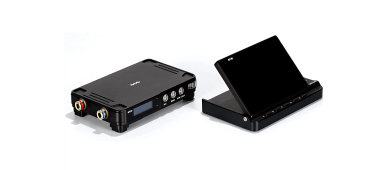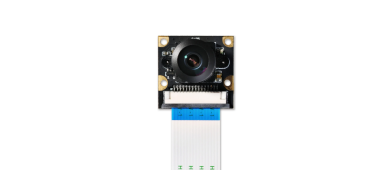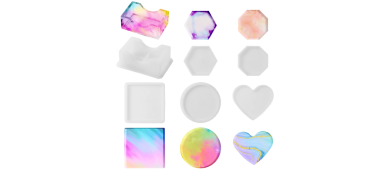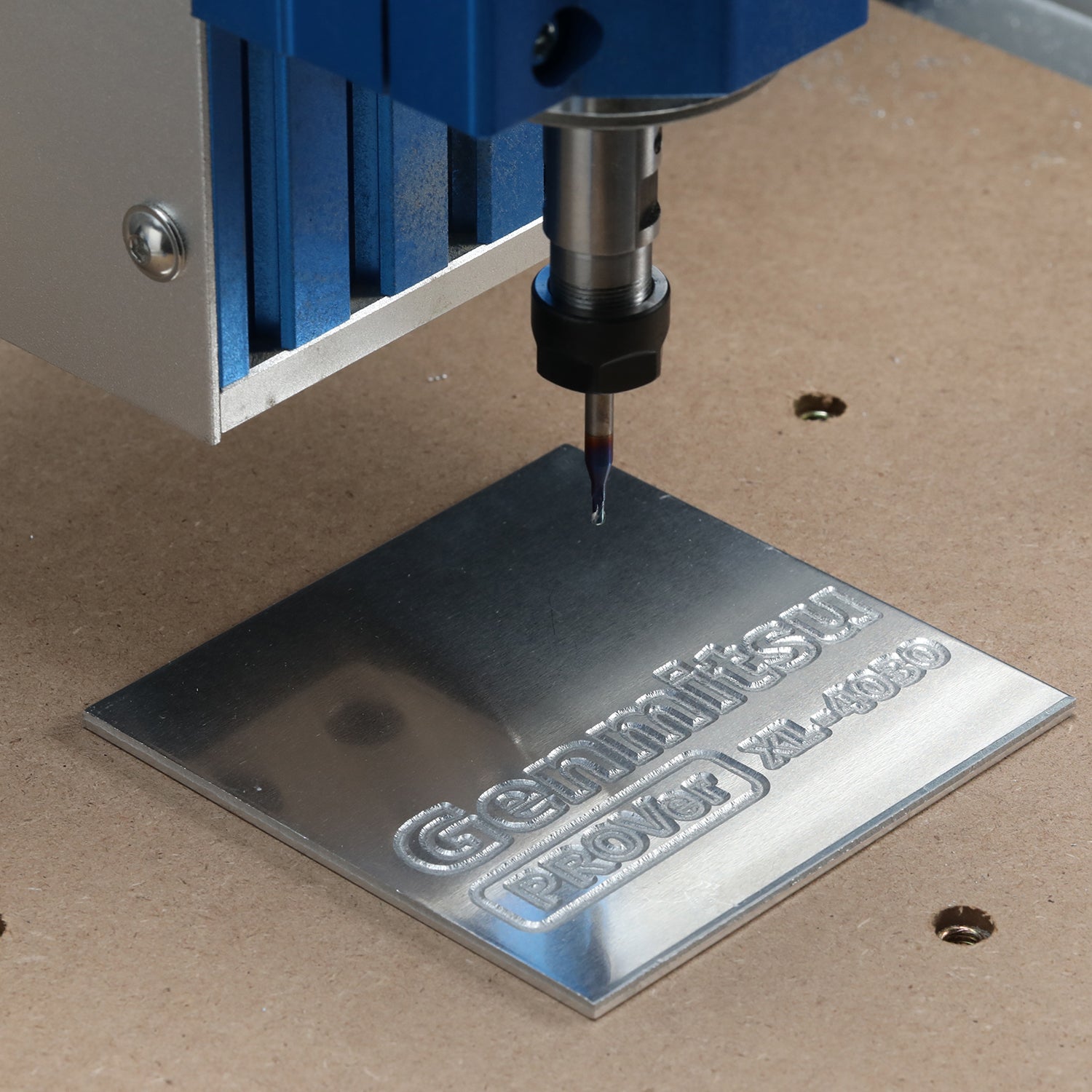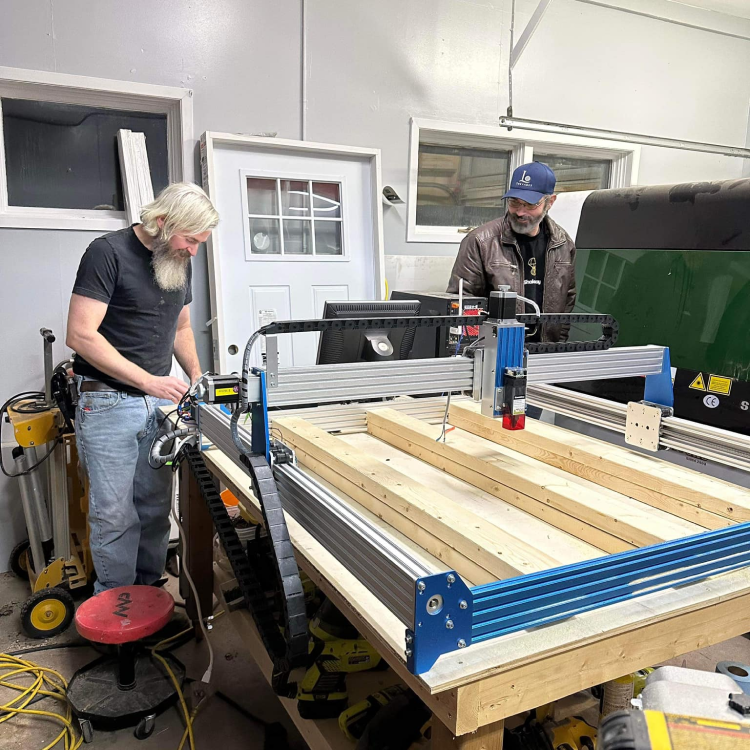Written by Kitto
Creality's Ender-3 V3 series has blossomed into a vibrant ecosystem of 3D printers, each catering to specific needs and budgets. From the approachable Ender-3 V3 to the feature-packed Ender-3 V3 KE, choosing the right one can feel like navigating a filament labyrinth. But fear not, intrepid maker! This guide will untangle the technical specs, extruders, runout sensors, and temperature ranges, helping you find the perfect printing partner.
When it comes to 3D printing, two key factors define your printing efficiency: print speed and acceleration. Print speed dictates how quickly the printer lays down filament, directly impacting the overall printing time. However, even with a high print speed, slow acceleration can significantly slow down travel between print moves and layer changes, hindering efficiency.
The Ender-3 V3 offers a 600 mm/s print speed and 20,000 mm/s² acceleration, exceeding the capabilities of its predecessors and making it a compelling choice for users seeking faster printing. This combination can drastically reduce printing times, especially for larger or more complex models.
If you're looking for a balance between speed and affordability, the Ender-3 V3 SE still offers a respectable 250 mm/s print speed and 2500 mm/s² acceleration at a lower price point.
For users prioritizing speed above all else, the Ender-3 V3 KE remains the leader with its 500 mm/s print speed and 8000 mm/s² acceleration. However, it's crucial to remember that higher acceleration can introduce vibrations and ghosting, potentially impacting print quality.
Therefore, finding the right balance between speed and quality based on your needs and filament choice is essential.
Extruder Excellence: Bowden Bliss or Direct Drive Dreams?
The extruder, the unsung hero of the printing process, feeds filament into the hotend. The Ender-3 V3 boasts a tried-and-true Direct extruder, known for its affordability and ease of maintenance. While perfect for basic printing, it can sometimes lead to feeding inconsistencies.
For those seeking enhanced control and performance, the Ender-3 V3 SE and Ender-3 V3 KE step up with the Sprite Direct Drive extruder. This champion pushes filament directly into the hotend, offering smoother extrusions and better results, especially for flexible filaments like TPU. Imagine intricate prints emerging flawlessly, thanks to this direct drive dynamo!
Runout Reliance: Sensor Savvy or Filament Frenzy?
Ever had a print screech to a halt mid-creation due to filament depletion? The Ender-3 V3 and Ender-3 V3 KE comes with a runout sensor, leaving you vulnerable to such filament fiascos. The V3 SE, come equipped with this guardian angel, pausing the print if the filament runs low, allowing you to heroically add more and resume your printing journey. No more filament-induced meltdowns!
File Transfer: Freedom from the USB Shackles
The Ender-3 V3 relies solely on USB drives for file transfer, a familiar but potentially limiting option. The Ender-3 V3 KE break free with memory card USB/LAN/APP and Wi-Fi capabilities, and SE only with SD card. Imagine the convenience of sending print files wirelessly from your computer, slicing them on the fly, or even monitoring prints remotely! Freedom awaits in the form of these versatile file transfer methods.
Temperature: Hot Enough for Your Printing Passions?
The Ender-3 V3 offers a respectable 300°C max hotend temperature and 110°C max bed temperature, sufficient for printing most popular filaments like PLA and PETG. However, for adventurers seeking to explore a wider world of materials, the Ender-3 V3 SE and KE provide higher ceilings. Their hotends reach 300°C, tackling advanced filaments like ABS and TPU, letting your creativity run wild.
Beyond the Basics: Features to Fine-Tune Your Choice
While the core specifications paint a clear picture, there are additional features to consider. Both the Ender-3 V3 SE and KE boast automatic bed leveling using a CR Touch probe, simplifying setup and ensuring level printing surfaces. Dual Z-axis screws on these models also enhance stability and print quality. All three printers offer a generous 220 x 220 x 250 mm build volume, providing ample space for your creative endeavors.
The Price Puzzle: Finding the Value Sweet Spot
The Ender-3 V3, as the most affordable option, is an excellent entry point for beginners. The Ender-3 V3 SE strikes a balance between price and features, while the Ender-3 V3 KE packs in the most advanced technology for demanding users. Remember, the "best" printer is the one that aligns with your budget and printing aspirations.
So, which Ender-3 V3 awaits your embrace? Whether you're a filament freshman or a seasoned printing pro, there's a perfect match within this series. Consider your printing needs, desired features, and budget to embark on your 3D printing adventure with confidence. With the right extruder, temperature range, and runout sensor setup, you'll be creating filament masterpieces in no time!



